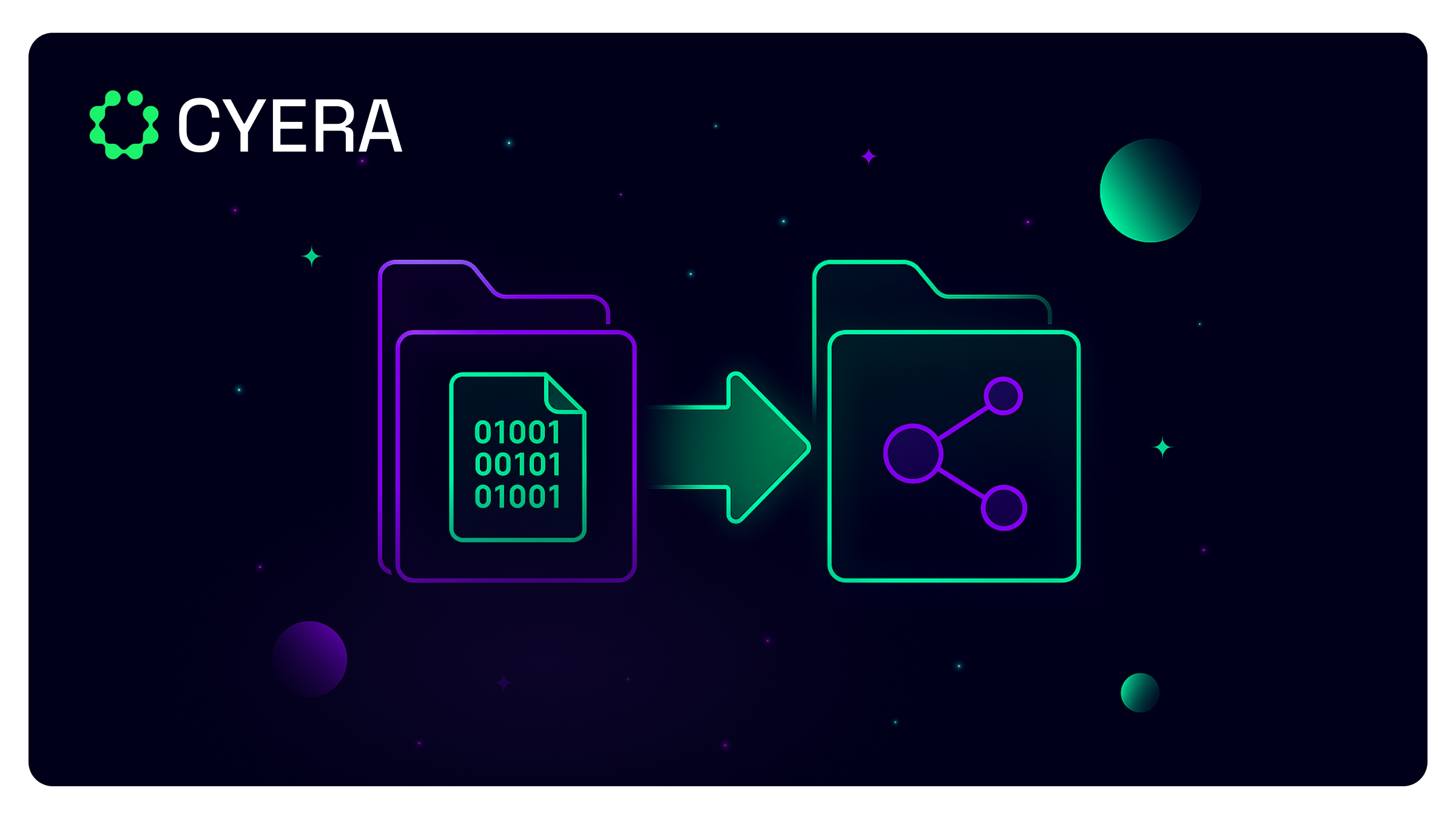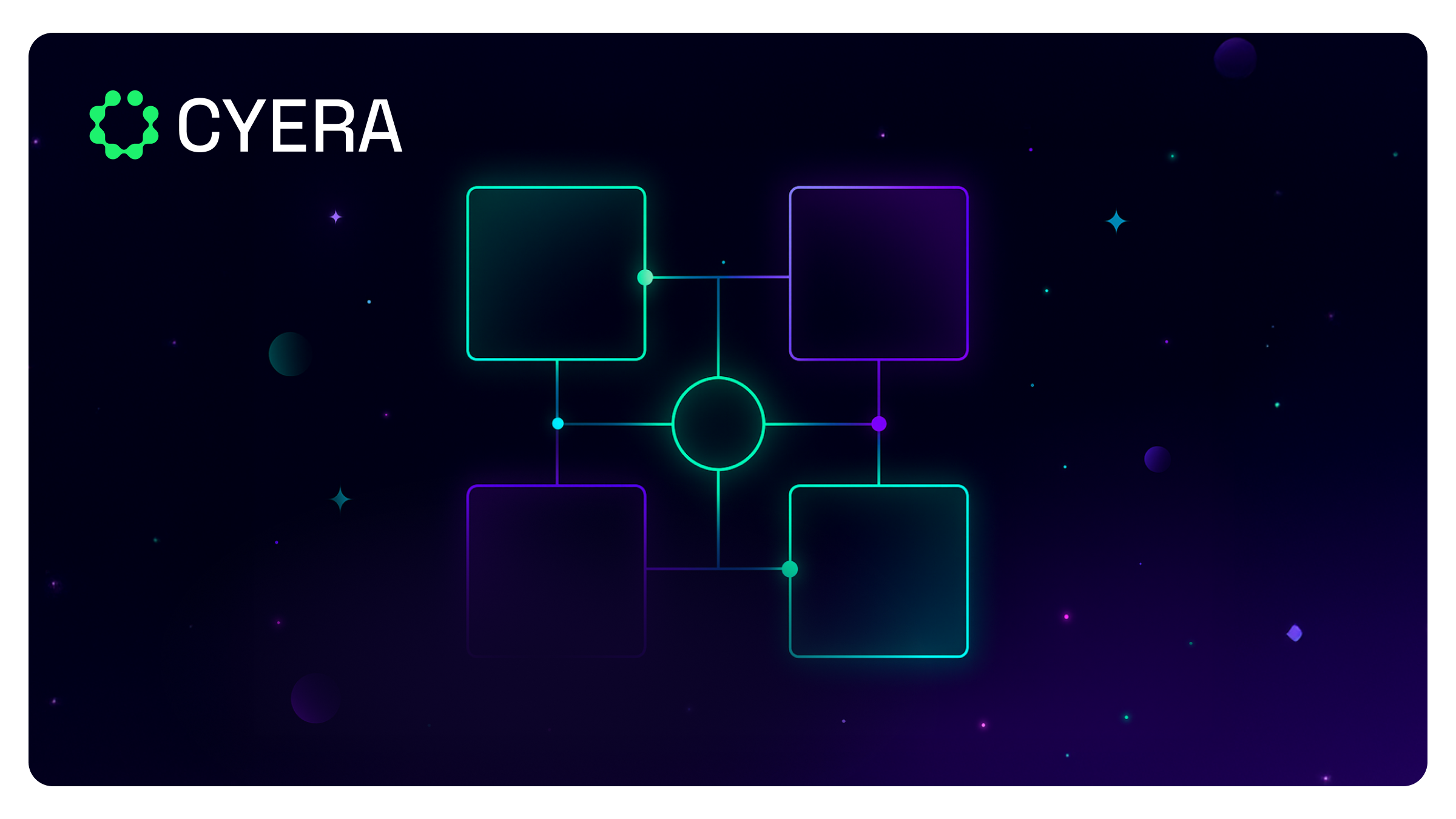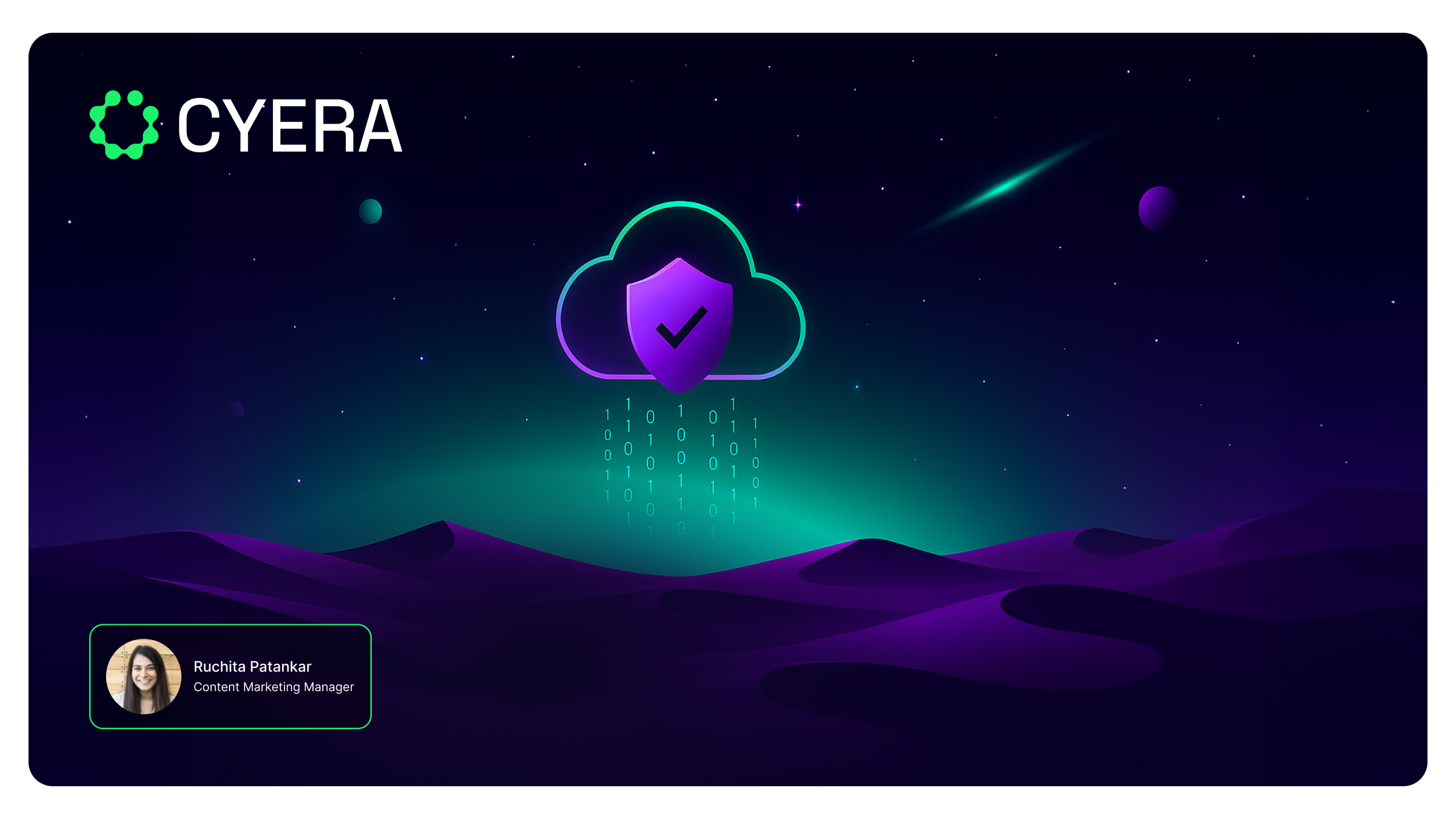Top DSPM Acquisitions (2025 Updated)

In just a few years, DSPM has evolved from an emerging category to a strategic priority. With cloud data expanding and generative AI changing how information is generated and shared, security teams face growing demands to improve visibility and act quickly to protect sensitive data.
This has led to a wave of acquisitions, with major vendors racing to fold DSPM into their platforms or strengthen existing capabilities.
In this article, we discuss the most significant DSPM acquisitions, what's fueling the momentum, and where the market is headed.
Why DSPM Acquisitions Are Accelerating
Enterprise security teams are under pressure to manage growing volumes of sensitive data across cloud platforms, AI tools, and SaaS ecosystems. To address this, they need:
- Visibility
- Control
- Context
- Fast response
So, DSPM has shifted from a nice-to-have to a core part of the security stack.
Although DSPM tools were originally built for discovery and visibility, they're now being pulled deeper into enforcement, classification, and incident response.
As regulations tighten and attack surfaces expand, larger security vendors are increasingly acquiring DSPM startups. In particular, they're acquiring startups that offer speed, automation, and AI-driven insight.
This push reflects a broader shift where security leaders want fewer tools and better coverage across their cloud data environments.
A Timeline of Major DSPM Acquisitions
As the DSPM category has moved from niche to essential, the pace of acquisition has drastically increased. With the DSPM market expanding, security vendors are either building or buying their way into the space.
To illustrate this, we've compiled a timeline of the major DSPM acquisitions over the last three years.
2023
- IBM acquires Polar Security: IBM brought DSPM into its Guardium suite by acquiring Polar Security, marking its entry into the space.
2024
- March–CrowdStrike buys Flow Security: CrowdStrike extended its detection capabilities by folding Flow Security's DSPM technology into its threat-centric approach.
- August–Fortinet acquires Next DLP: Fortinet added DSPM and posture management to its enforcement toolkit, aiming to simplify data protection.
- October–Netskope acquires Dasera: This move brought deeper data context into Netskope's SASE platform, improving its risk analysis and policy control.
- October–Cyera acquires Trail Security: Cyera's $162 million acquisition of Trail strengthened its DSPM platform with AI-driven DLP. This added accuracy in data classification and policy enforcement.
2025
- April–Forcepoint acquires Getvisibility: Forcepoint added AI-led data detection and response to its DSPM capabilities, targeting risk reduction at scale.
- May–Fortra acquires Lookout Cloud Security: With this move, Fortra aimed to assemble a full-stack approach by combining DSPM with secure service edge capabilities.
- July–Concentric AI acquires Swift Security and Acante: This dual acquisition brought in tools built for Gen-AI governance and helped expand Concentric's protection across unstructured data.
Cyera’s Strategic Move: Trail Security Acquisition
Founded in 2023, Trail Security built its product around AI-enhanced DLP with a focus on speed, automation, and precision. In particular, the company gained attention for its ability to detect and act on sensitive data movement with minimal lag. This is a gap many legacy tools have struggled to close.
Cyera's acquisition of Trail aligns with a broader move to expand its DSPM platform into a system that goes beyond visibility. With Trail’s Technology, Cyera added:
- Sharper classification
- Stronger policy controls
- Better coverage for unstructured data
This move also reinforced Cyera's position as the largest standalone vendor in the space. It allowed Cyera to double down on its strategy to remain independent and product-led.
While others are folding DSPM into their wider security stacks, Cyera is building a purpose-built platform. The aim is to house DSPM, DLP, DAG, and GenAI governance all under one roof.
What Makes DSPM Startups Attractive to Buyers
Security buyers are looking for ways to solve today's cloud data risks without adding complexity. DSPM startups offer those solutions and possess several traits that make them especially attractive in the current market:
- Deep visibility into cloud data activity: Buyers are drawn to the fact that DSPM tools surface unknown risks. This is especially important in SaaS and multi-cloud environments where traditional scanning falls short.
- Built-for-purpose architecture: Most DSPM tools were designed from the ground up for modern environments. This distinguishes them from legacy platforms retrofitted for the cloud. As a result, they are easier to deploy and more accurate in identifying sensitive data exposure.
- Easy alignment with existing stacks: DSPM complements other layers like DLP, SSE, and GRC tools. It adds value without requiring a full system overhaul.
- A way to reduce tool sprawl: Security leaders are looking for ways to simplify their vendor landscape. DSPM offers a focused capability that can slot into larger security platforms or operate independently, depending on the need.
- Appeal to compliance and risk teams: The ability to map data to internal policies and external regulations has made DSPM popular among compliance and risk teams.
Integrated vs. Standalone DSPM: What’s at Stake
As DSPM adoption continues to grow, security leaders need to weigh up two distinct approaches. They can either integrate DSPM into a wider platform or use a dedicated solution built specifically for data posture management. Each model brings trade-offs in flexibility, depth, and deployment strategy.
Integrated DSPM
Integrated DSPM is built into larger security suites and is common in platforms like Palo Alto Networks, Netskope, and CrowdStrike.
These solutions appeal to teams looking to minimize tool count and reduce overhead. The DSPM features are embedded into existing workflows. So, setup tends to be faster, and policy management can be more centralized.
From a single interface, security teams can apply consistent rules across:
- Access
- Data movement
- Threat detection
This setup is especially useful for mid-sized organizations that need coverage without the overhead of managing multiple vendors.
However, the trade-off is usually depth, as integrated DSPM only provides a baseline level of discovery and classification. This means it doesn't dig deep into unstructured data, complex entitlements, or shadow SaaS activity. For some use cases, that's enough. For others, it can leave blind spots.
Standalone DSPM
Standalo DSPM tools are designed from the ground up for cloud data security. They're more focused and often more configurable. Plus, they provide richer insights into where sensitive data lives, how it moves, and who can access it. This added context helps security teams move from discovery to enforcement with greater confidence.
These platforms tend to outperform bundled solutions when it comes to:
- Classification accuracy
- Entitlement mapping
- Surfacing unknown risks
This is especially valuable in environments with complex architectures, high data volumes, or strict regulatory requirements.
Typically, organizations with advanced security teams or industry-specific risks tend to lean towards standalone DSPM. Overall, the added depth justifies the extra vendor relationship, particularly when the tool becomes central to data risk reduction.
What’s Next for DSPM?
DSPM is evolving fast. What started as a visibility layer for cloud data is now moving toward real-time control and deeper alignment with broader risk frameworks.
The next wave of development is being affected by shifts in how enterprises store, share, and generate data. This is partly because GenAI and distributed work environments are pushing more sensitive content into cloud apps.
One of the areas that's gaining more attention is access governance integration. For many teams, knowing where sensitive data lives is not enough. They also need to understand who can access it and why.
So, moving forward, DSPM platforms will incorporate identity context and entitlement analysis more deeply. As a result, teams will gain better insight into excessive or risky permissions.
Real-time remediation is also becoming more prevalent and sophisticated. This means DSPM platforms are starting to act automatically rather than waiting for alerts to trigger manual responses.
Processes like revoking access, redacting content, or adjusting sharing settings now happen automatically as soon as exposure is detected. Therefore, DSPM has been brought closer to enforcement rather than just monitoring.
Finally, GenAI oversight is becoming essential. As more companies deploy LLMs across departments, DSPM tools are being tasked with identifying when sensitive data is used in training sets, prompts, or model interactions.
Taken together, these shifts emphasize how important DSPM already is and how important it will continue to be. Essentially, it has become the connective layer between data, identity, and control in modern security architectures.
Conclusion
The recent acquisition streak clearly shows that DSPM is not just a feature but is, in fact, foundational to modern data security. As larger vendors bolt it onto existing stacks, Cyera continues to lead with a purpose-built approach designed for speed, precision, and scale.
Security teams are under increasing pressure from cloud complexity, AI adoption, and regulatory risk. So, they need more than surface-level visibility. They need real context and real-time response.
That's exactly what Cyera provides. The platform goes beyond discovery to help teams act with precision. Explore Cyera’s DSPM solution to see how it delivers deeper insight and stronger protection across your data environment.
Erhalten Sie vollständige Transparenz
mit unserer Data Risk Assessment.


